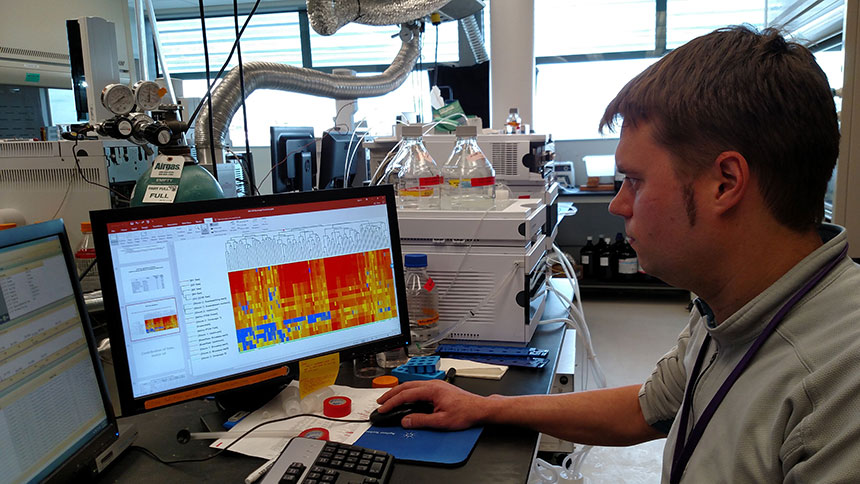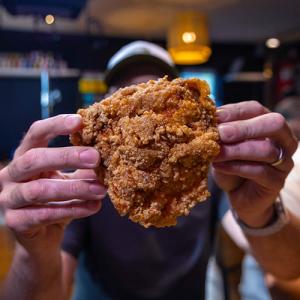$330,000 NSF Grant Expands Research on Toxic Pollutants in Urban Watersheds
Dr. Ed Kolodziej at the Center for Urban Waters is the lead researcher on a project with funding from the National Science Foundation that aims to identify what is killing coho salmon in urban watersheds.
Armed with a new grant from the National Science Foundation, UW Tacoma’s Center for Urban Waters will expand its work to identify toxic pollutants found in urban watersheds, especially those that may be involved in the deaths of adult coho salmon who are about to spawn.
The grant of about $330,000 will leverage sophisticated analytical equipment that was acquired by the Center and UW Tacoma with funding from the state of Washington in 2012. The equipment includes an instrument, highly capable of cutting-edge research, known as a liquid chromatograph/quadrupole time-of-flight mass spectrometer (LC/QTOF-MS).
Dr. Ed Kolodziej, who is an associate professor in UW Tacoma’s School of Interdisciplinary Arts & Sciences and holds a joint appointment as an associate professor in UW’s Department of Civil & Environmental Engineering in Seattle, is the principal investigator of the study.

“I am very excited about this project,” said Kolodziej, “and I think we at the Center for Urban Waters have a chance to do some consequential and influential work around stormwater and pervasive environmental pollution in urban environments with this research study.”
Kolodziej and colleagues from the Washington Stormwater Center at WSU-Puyallup and the Northwest Fisheries Science Center-Ecotoxicology Program have spent the last several years identifying pollutants in urban stormwater runoff, especially trying to understand systems where acute mortality in coho salmon is observed. This problem kills salmon after they have returned to a watershed from their ocean journeys but before they have had a chance to spawn, thus preventing the salmon from reproducing and growing in urbanizing watersheds.
The challenge that the researchers face—and that the Center for Urban Waters equipment and expertise is ideal to address—is akin to finding a needle in a haystack. Researchers don’t know what specific substances in stormwater runoff might be toxic to the coho or lead to other adverse impacts on aquatic organisms. They are currently creating a list of every chemical substance showing up in water and tissue samples—thousands of substances—which they then identify and screen for toxicity.
Kolodziej and his colleagues will use the NSF grant to expand on work already underway and funded by organizations such as the Federal Highway Administration, the Environmental Protection Agency and the Washington State Department of Ecology.



